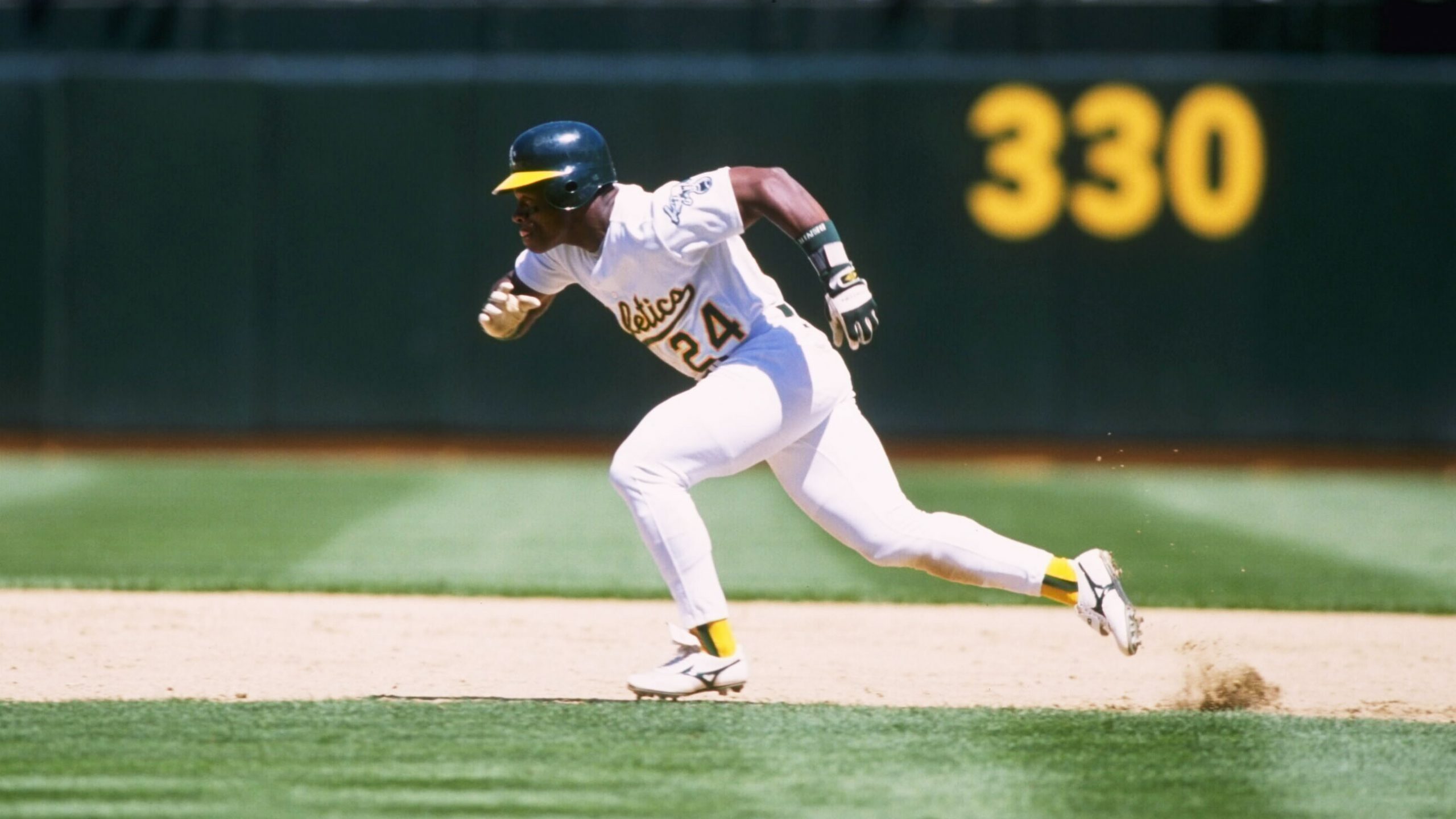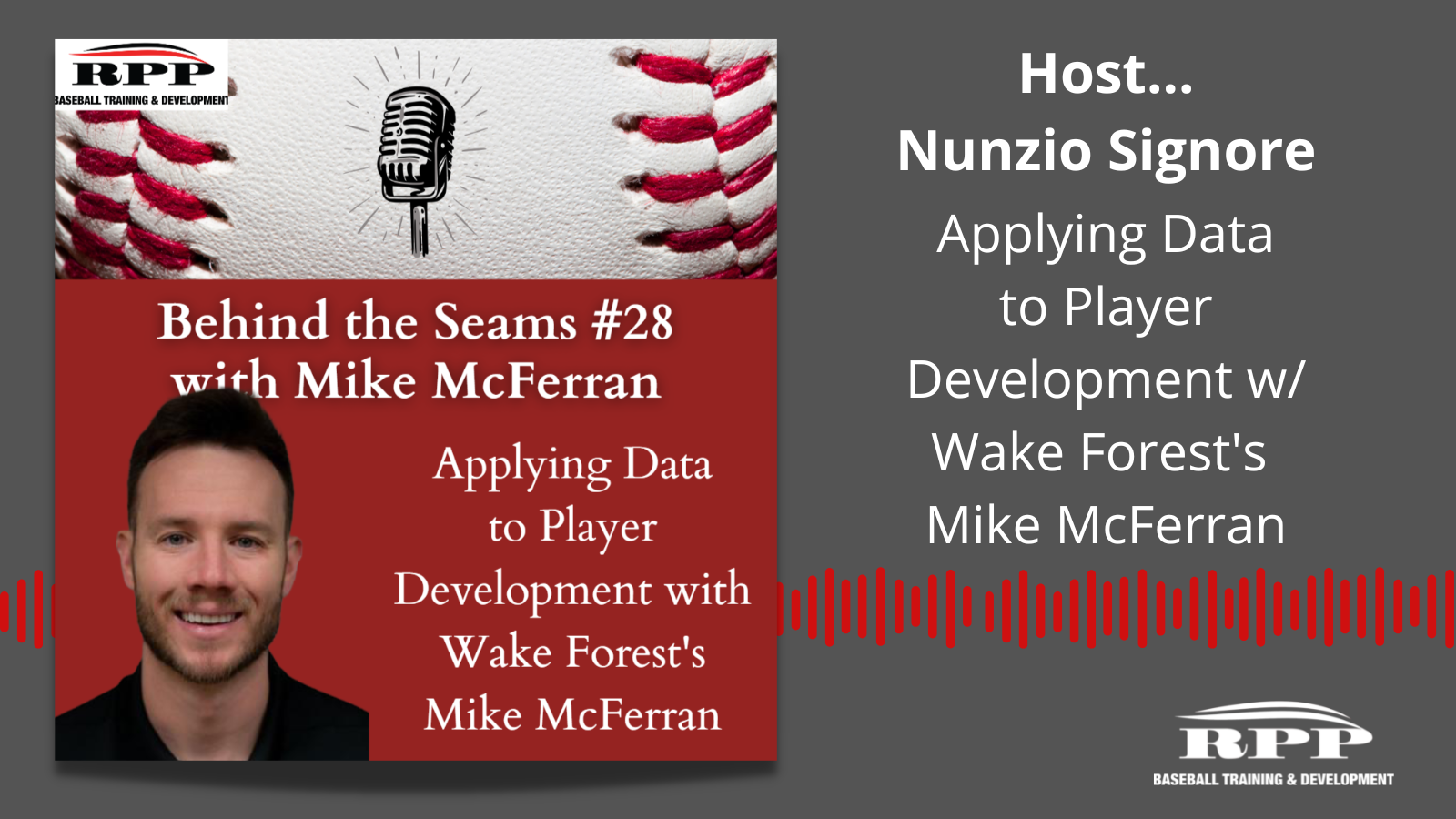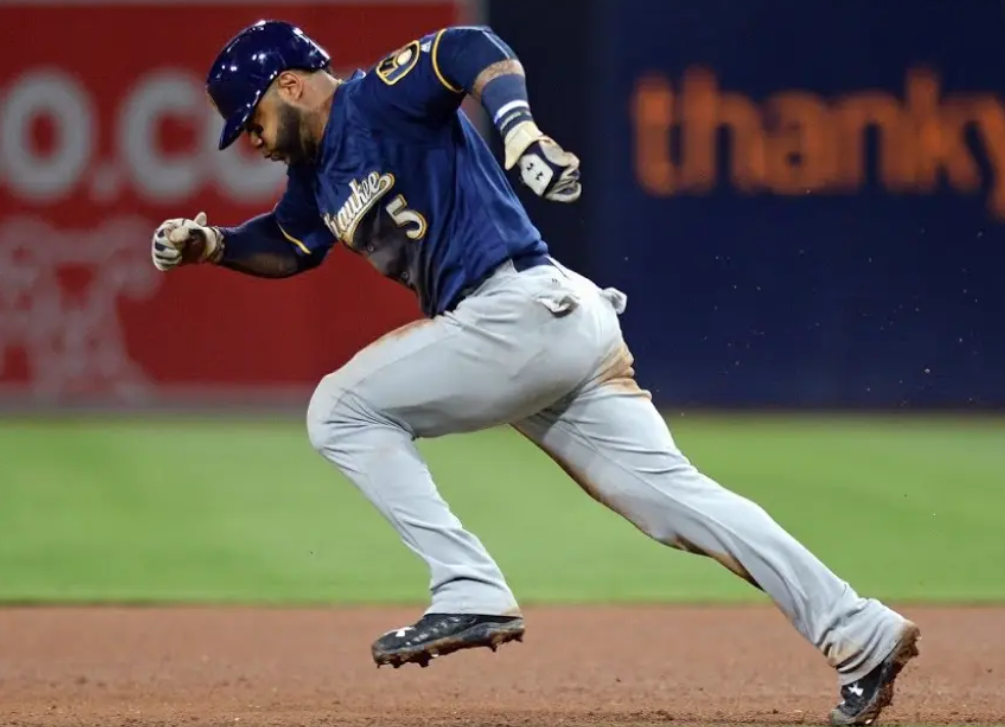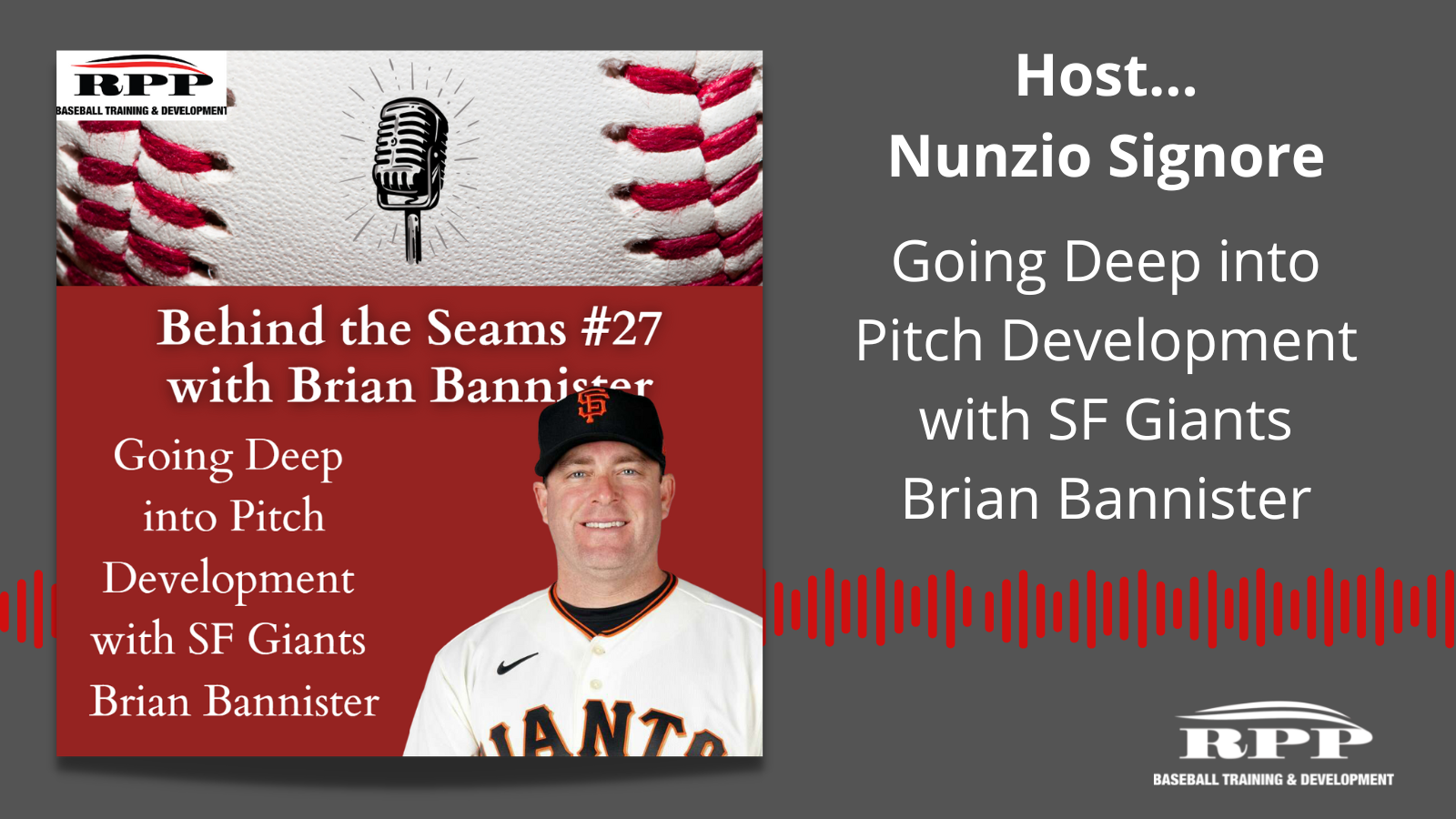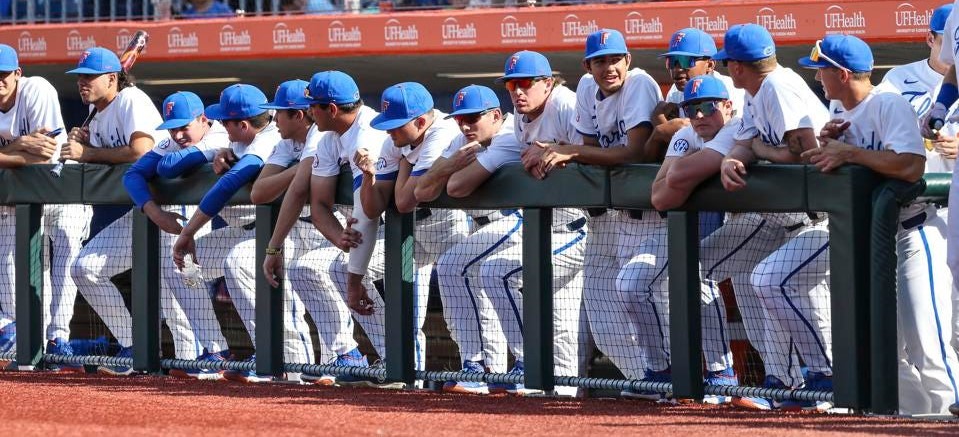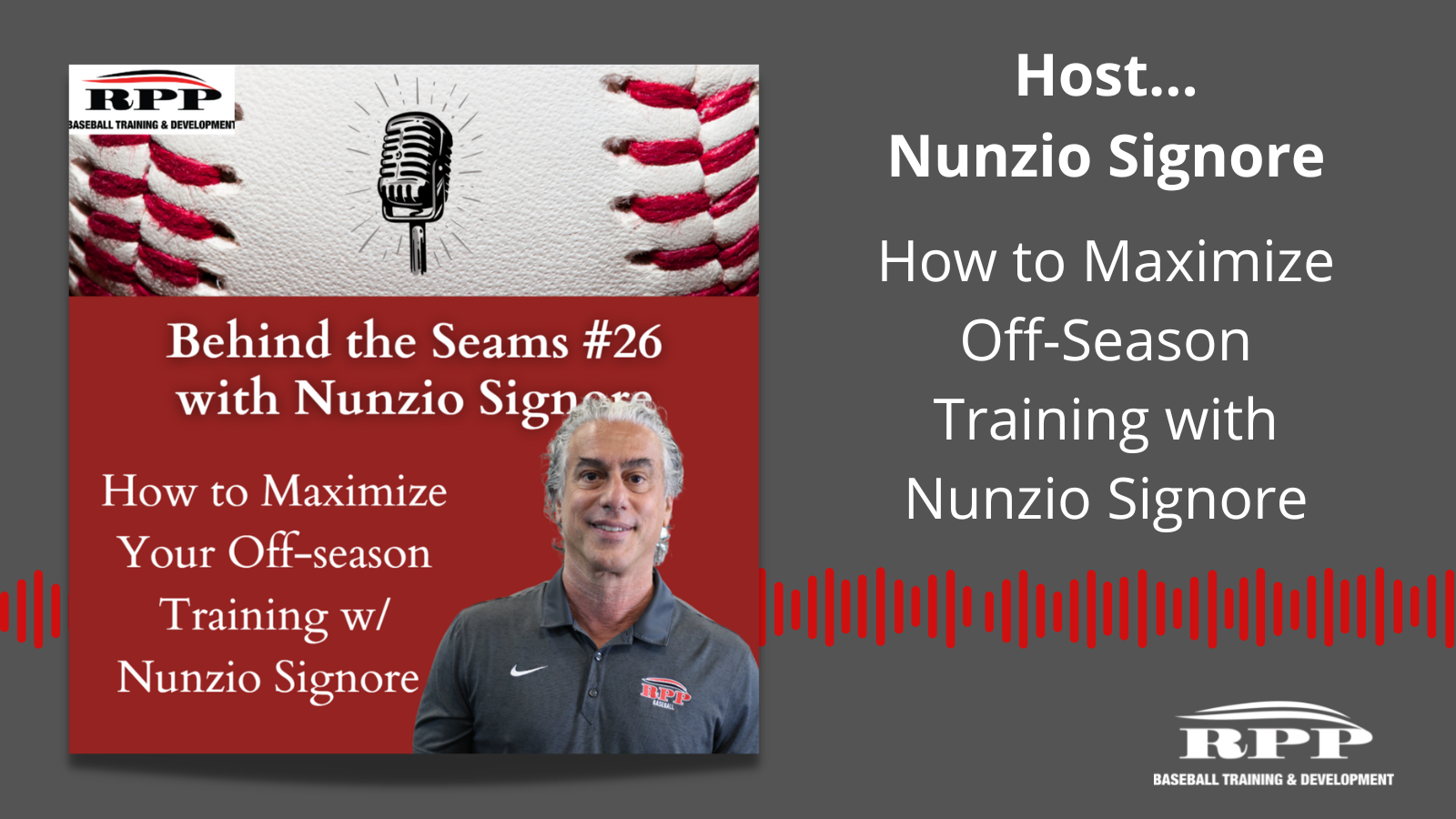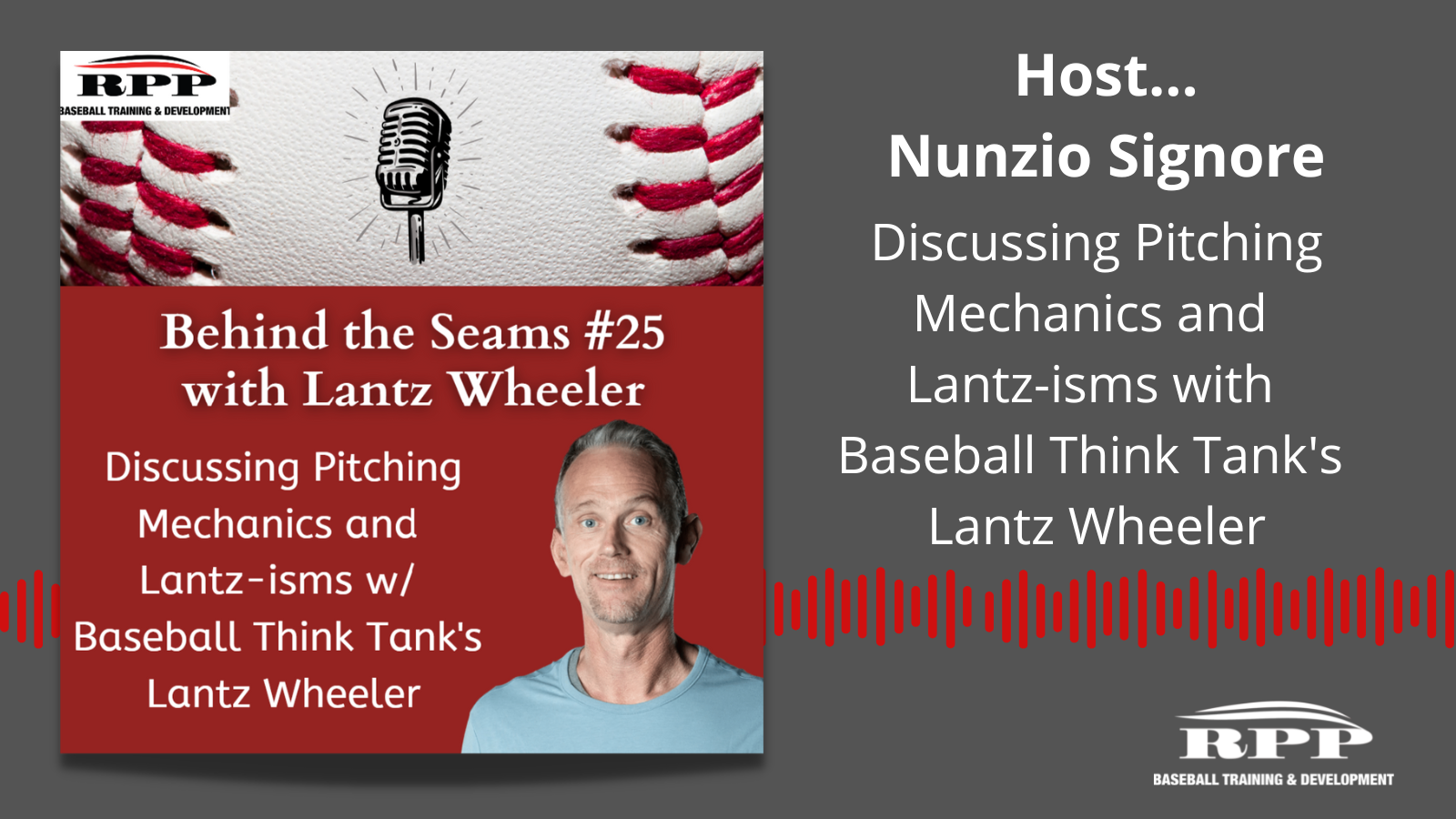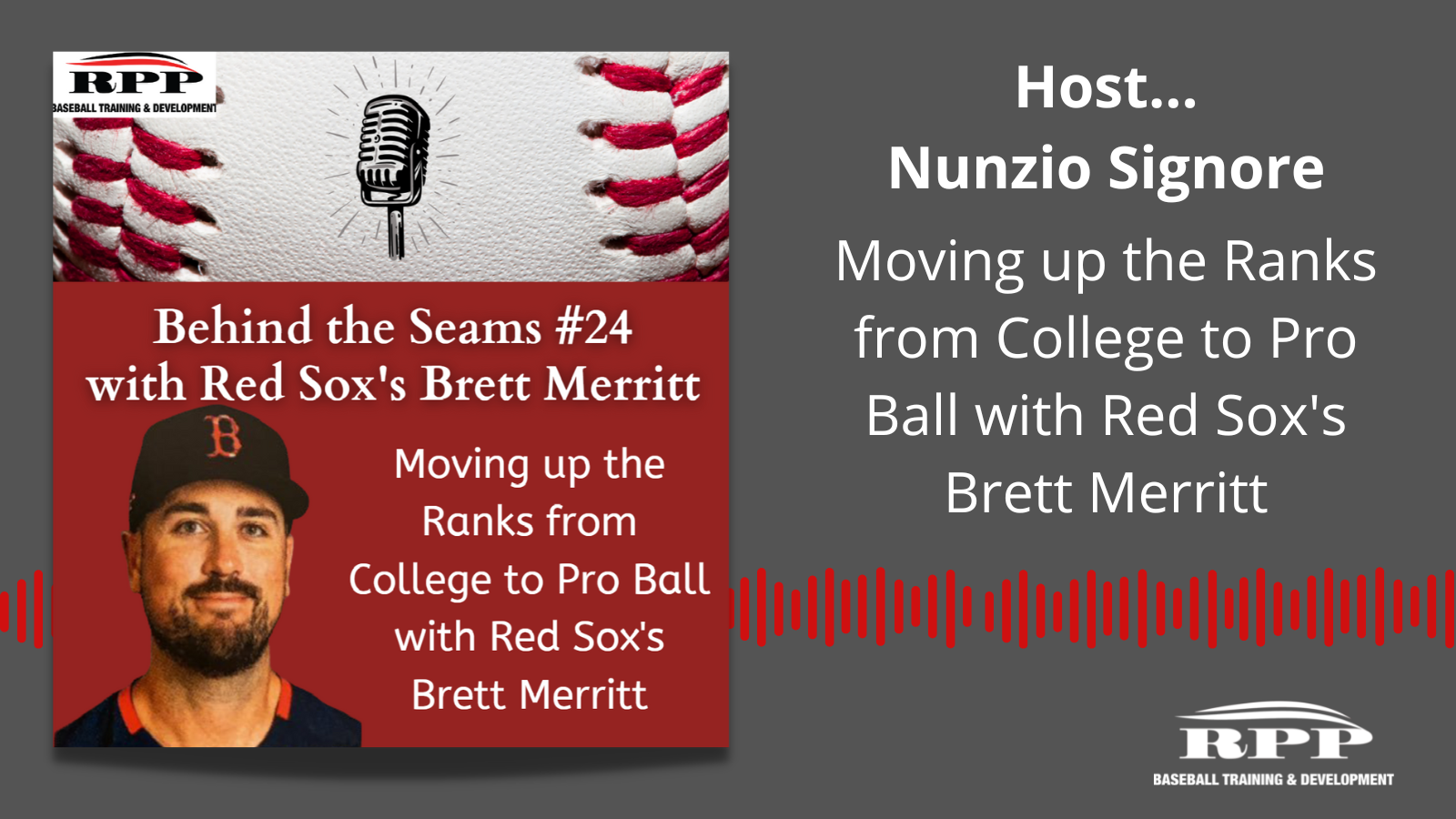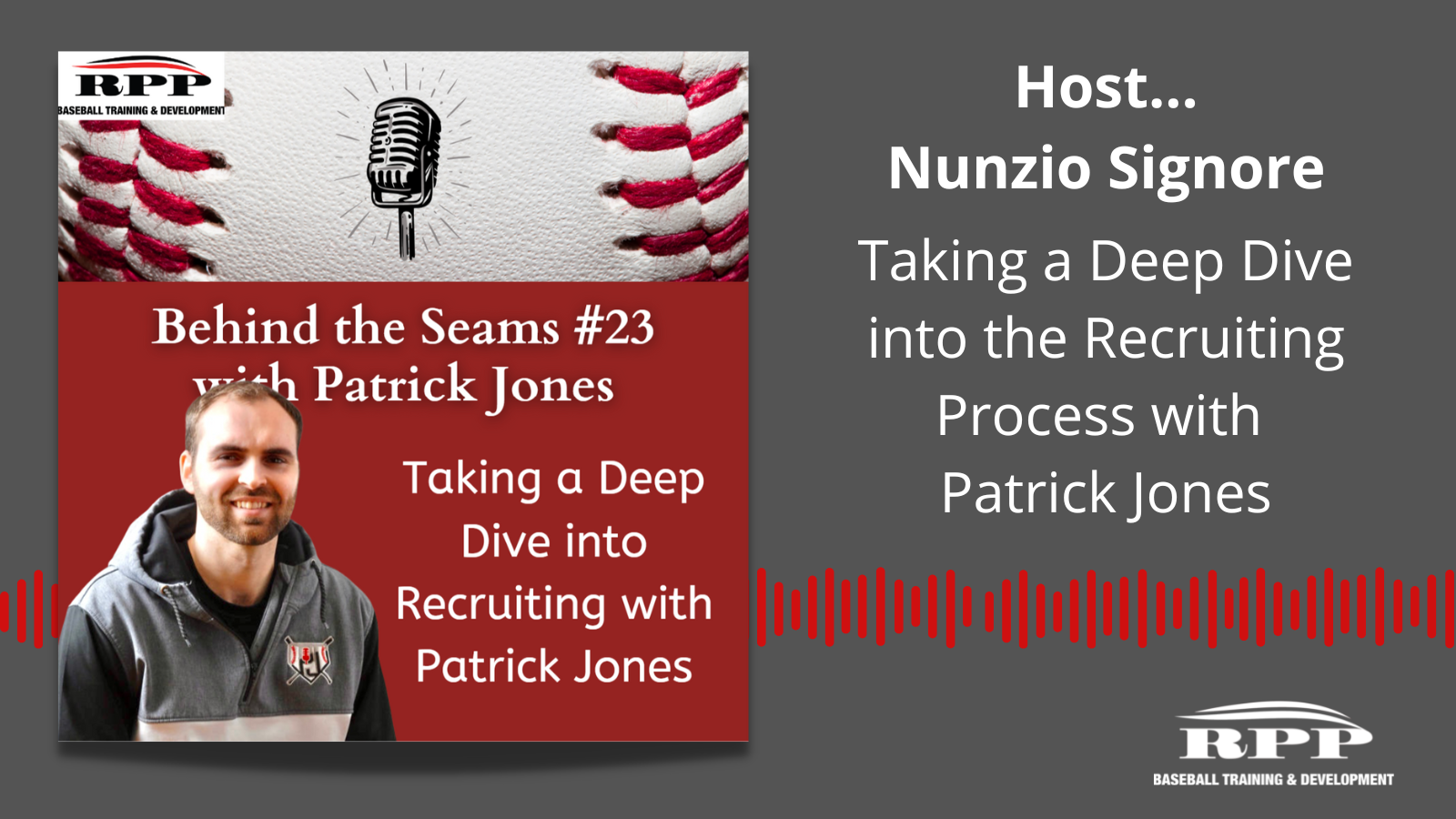
This one is coming to you live from The Bridge Seminar at Wake Forest University, where I presented this weekend. In today’s podcast I’ll be summarizing many (not all) of the great presenters at this year’s player development seminar. It was a blast speaking with, as well as listening and learning from some of, the best in the business of baseball player development. Topics include:
Continue reading “Podcast: Takeaways from The Bridge Seminar at Wake Forest University”

